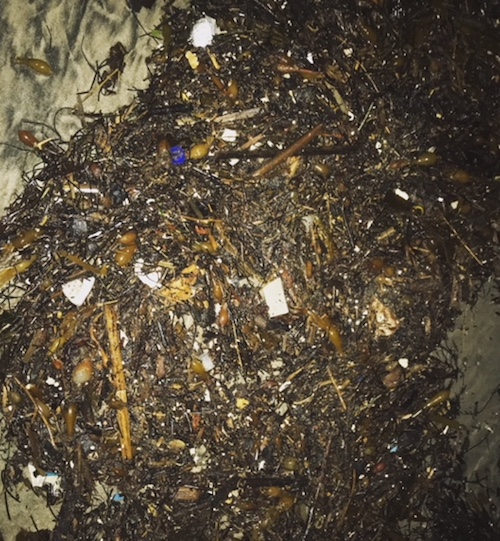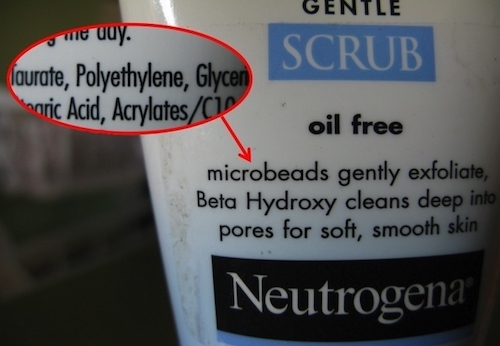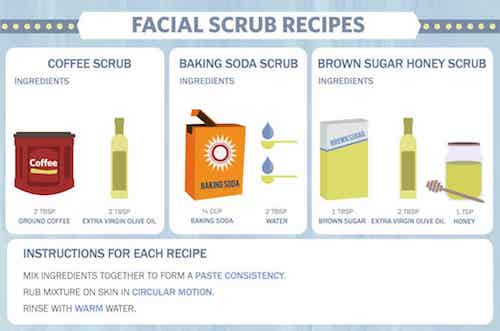In the late 1980’s, large islands of floating trash seen by satellites were reported in the global news. Swirls of trash concentrated by the movement of the oceans’ gyres gave another hint to the then naïve public that our planet is finite after all. The world population—as of early 2018—is estimated at 7.6 billion; all contributing waste and debris to some extent.
Only one hundred years ago—when the world population had not yet reached 2 billion—trash was at worst unsightly or smelly but it was relatively harmless because it was primarily natural materials ie. plastic. Back then it eventually degraded and was not ultimately toxic to life.
In the early 1900’s, the first synthetic plastics were invented, giving way to the “plastic revolution”. As we found more uses for these new lightweight, cheap, and strong wonder materials, plastics rapidly found their way into most industries.
Today, plastics are a part of our daily lives and their prevalence can be a little overwhelming and which brings about the question how do we really get plastic free?
Our natural areas, waterways, and oceans have been polluted by plastic waste at an alarming level. It is at such an extent that gyres of plastic can be seen from space! It’s estimated that every square mile of ocean contains around 46,000 pieces of floating plastic.
While plastic debris is an eyesore and a threat to both humans and wildlife, the majority of the trash in the ocean is not even visible and poses its own threats.
A large portion of the plastic in the oceans is microplastics, composed of synthetic plastic particles so small they can barely be seen with the naked eye. The 5 millimeter and under debris is so small and often suspended under the surface, making it invisible to satellites or even from the deck of a passing ship.

Microplastic pollution comes from countless sources, most prominently from cosmetic and household products, synthetic clothing fibers and industrial abrasives including toothpaste and laundry detergents, tennis balls, glitter and wet wipes.

Microplastics also result when larger pieces of plastic eventually break apart—not degrade, but break into smaller and smaller pieces. Thin, single use plastics like disposable bags are one of the biggest offenders finding their way into our oceans. Most plastics, when hit with UV radiation from the sun, begin to break down and gradually become microplastics over time.

A significant enough amount of microplastics now exist in marine environments to be detected in the bodies of fish sampled from different parts of the ocean. Fish and other marine creatures consume the microplastics, concentrating them in their bodies, larger fish eat smaller fish and humans eat fish! People have tested positive as well for microplastics in their bodies.
Why does this matter?
Plastics are created from petroleum—hydrocarbons that when concentrated in the body are toxic. The liver and digestive system struggle and depending on the type and concentration of the synthetic particles many are known carcinogens. Synthetic substances, when regularly consumed, potentially contribute to disease due to a toxic cellular environment. The introduction of synthetic molecules into the Earth’s environment has created a toxic soup in the air, water and soil of the planet. The microplastic issue is just one aspect of the global pollution problem caused by humans! Life in many ways is now marinating in toxins.
What can I do about microplastics?
Avoid products that include plastics, especially microplastic particles. Most common brands of face scrubs, such as Neutregena and other Johnson & Johnson products, contain tiny plastic beads acting as abrasives. Skip those types of products, read the ingredients and avoid chemicals like Polyethylene (PE). This will help to reduce the amount of plastics being flushed through water treatment facilities which eventually end up in our water systems and potentially in wildlife.
Purchase natural fibers derived from plants when possible (e.g. cotton, bamboo or hemp).

Remember to bring—and use—reusable grocery bags. If you don’t have a good alternative to plastic bags, you can reduce your impact by reusing your “single use” plastic as many times as possible. Even using plastic bags as trash can liners is a valid way to reuse them and slightly reduce your environmental impact.
When purchasing anything, choose merchandise with minimal packaging and with the least amount of plastics as possible. Remember that you’re not only reducing your use of plastic by being selective but you’re also voting with your wallet – telling brands that excessively use plastic that you’re going to find an alternative.
All of our individual actions add up over time. Don’t forget that your daily actions DO make a difference! On December 28, 2015, President Obama signed the Microbead-Free Waters Act of 2015, banning plastic microbeads in cosmetics and personal care products.
About The Author
David Evans is the founder of prch, a resource for eco-minded consumers. He is a minimalist, environmentalist, and conscious consumer with a background in environmental studies, conservation, and tech. Learn to improve your environmental and social impact @theprch.
